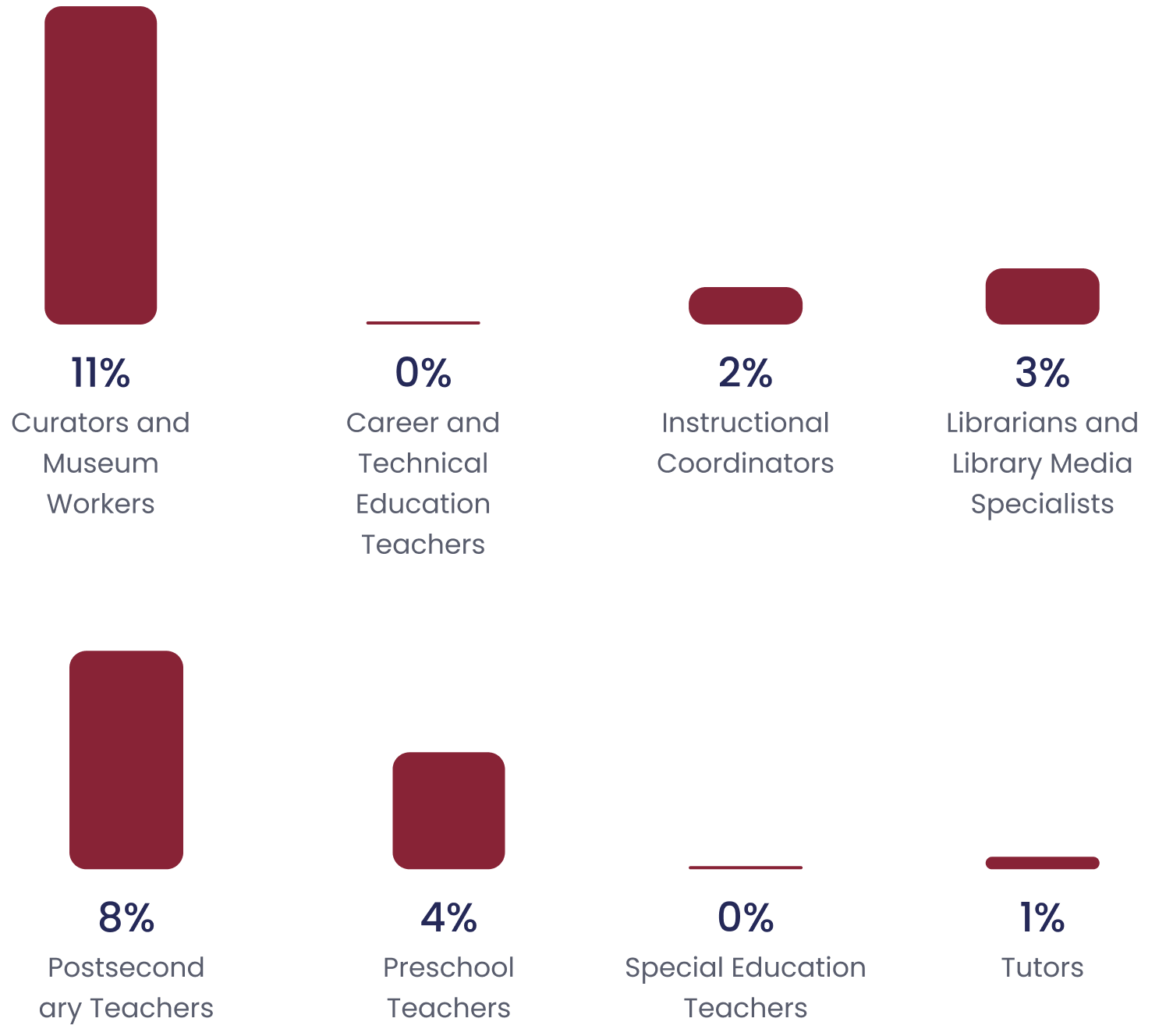Exploring Careers in Teaching
Diverse Teaching Roles
Educational Requirements
To become a teacher, you’ll need to meet specific educational criteria. Most teaching positions require at least a bachelor’s degree in education or a related field. Some roles may require a master’s degree. You’ll also need to complete a teacher preparation program and obtain state certification or licensure. Requirements vary by state and grade level, so research the specific requirements for your desired position.
Career Progression in Education
Find Online Teaching Schools
Qualifications and Certifications
Undergraduate and Graduate Studies
To become a teacher, you’ll typically need a bachelor’s degree in education or a related field. This four-year program covers educational theory, child development, and teaching methods. You’ll also need to complete a student teaching experience.
For more advanced positions or higher salaries, you’ll likely need a master’s degree in education. This can focus on areas like curriculum development, educational leadership, or specific subjects.
Certification Process
- Passing a background check
- Completing a teacher preparation program
- Passing required exams (e.g., PRAXIS tests)
- Applying to your state’s education board
Specialization and Endorsements
Classroom Dynamics and Management
Effective Teaching Methods
- Set objectives at the beginning
- Present new information
- Guide practice
- Allow for independent work
- Assess understanding
Strategies for Students with Special Needs
Did You Know?

High school graduates earn on average
$899 per week

Bachlelor’s graduates earn on average
$1,493 per week

Professional Growth and Opportunities
Continuing Education and Professional Development
Professional development is crucial for teachers to stay current with educational trends and enhance their skills. Many schools offer in-house training programs to help you improve your teaching methods and maintain your teaching license.
Transitioning into Education Administration
- Pursuing a degree in educational leadership
- Gaining experience in curriculum development
- Taking on leadership roles within your school
Global Teaching Opportunities
Find Online Teaching Schools
